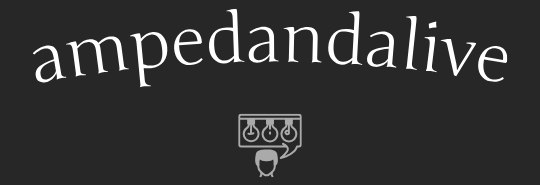Exploring Essential Sketching Tips for Digital Art Beginners
Understanding the Basics of Sketching
Sketching forms the foundation of digital art, allowing artists to brainstorm ideas, plan compositions, and explore creativity. As a beginner, it’s crucial to grasp the basics of sketching, including line work, proportions, and composition. Start by practicing simple shapes and lines to develop your hand-eye coordination and familiarize yourself with drawing tools and software.
Experimenting with Different Tools and Techniques
Digital art offers a wide range of tools and techniques for sketching, from traditional pen and paper to digital tablets and styluses. Experiment with different tools and techniques to find what works best for you. Try using different brush presets, line weights, and pressure sensitivity settings to achieve different effects and styles in your sketches. Don’t be afraid to experiment and explore new tools and techniques as you develop your skills as a digital artist.
Developing Your Own Style
Developing your own unique artistic style is essential for standing out as a digital artist. Experiment with different styles, such as realistic, cartoonish, or abstract, to find what resonates with you. Pay attention to artists you admire and study their techniques and approaches to sketching. Incorporate elements of their style into your own sketches while also experimenting and adding your unique twist.
Practicing Regularly
Like any skill, sketching requires regular practice and dedication to improve. Set aside time each day or week to practice sketching, whether it’s for a few minutes or a few hours. Focus on areas you find challenging, such as anatomy, perspective, or shading, and dedicate extra time to mastering those skills. Don’t be discouraged by mistakes – they’re an essential part of the learning process. Instead, use them as learning opportunities to identify areas for improvement and grow as an artist.
Observing and Studying
Observation is key to improving your sketching skills. Take the time to observe the world around you, paying attention to details such as light, shadow, texture, and form. Study photographs, artwork, and other references to gain inspiration and ideas for your sketches. Analyze how artists capture different elements in their sketches and apply those techniques to your own work.
Seeking Feedback and Critique
Seeking feedback and critique from peers and mentors is invaluable for improving your sketching skills. Join online communities and forums where you can share your sketches and receive constructive criticism and advice from fellow artists. Be open to feedback and use it as an opportunity for growth and improvement. Don’t take criticism personally – instead, use it as motivation to push yourself to become a better artist.
Experimenting with Composition
Composition plays a crucial role in creating engaging and dynamic sketches. Experiment with different composition techniques, such as the rule of thirds, leading lines, and framing, to create visually appealing sketches. Pay attention to the placement of objects and figures within your sketches, as well as the overall balance and harmony of the composition. Don’t be afraid to try different compositions and experiment with different arrangements until you find what works best for your sketch.
Exploring Gesture Drawing
Gesture drawing is a valuable technique for capturing the essence and movement of a subject in a short amount of time. Practice gesture drawing by quickly capturing the basic shapes and forms of a subject with loose, energetic lines. Focus on capturing the overall gesture and movement of the subject rather than getting caught up in details. Gesture drawing is an excellent way to improve your observational skills and develop a more intuitive understanding of form and anatomy.
Learning from Mistakes
Mistakes are an inevitable part of the learning process, and it’s essential to embrace them as opportunities for growth and improvement. Don’t be discouraged by setbacks or failures – instead, use them as learning experiences to identify areas for improvement and refine your skills. Keep an open mind and be willing to experiment, make mistakes, and learn from them as you continue to develop your skills as a digital artist.
Continuing Education and Learning
Digital art is a constantly evolving field, and there’s always something new to learn. Take advantage of online tutorials, workshops, and courses to expand your knowledge and skills in sketching techniques. Experiment with new tools, software, and techniques to see how they can enhance your sketching workflow. Stay curious and open-minded, and never stop learning and exploring new ways to improve your sketching skills and grow as an artist. Read more about digital art sketching tips

